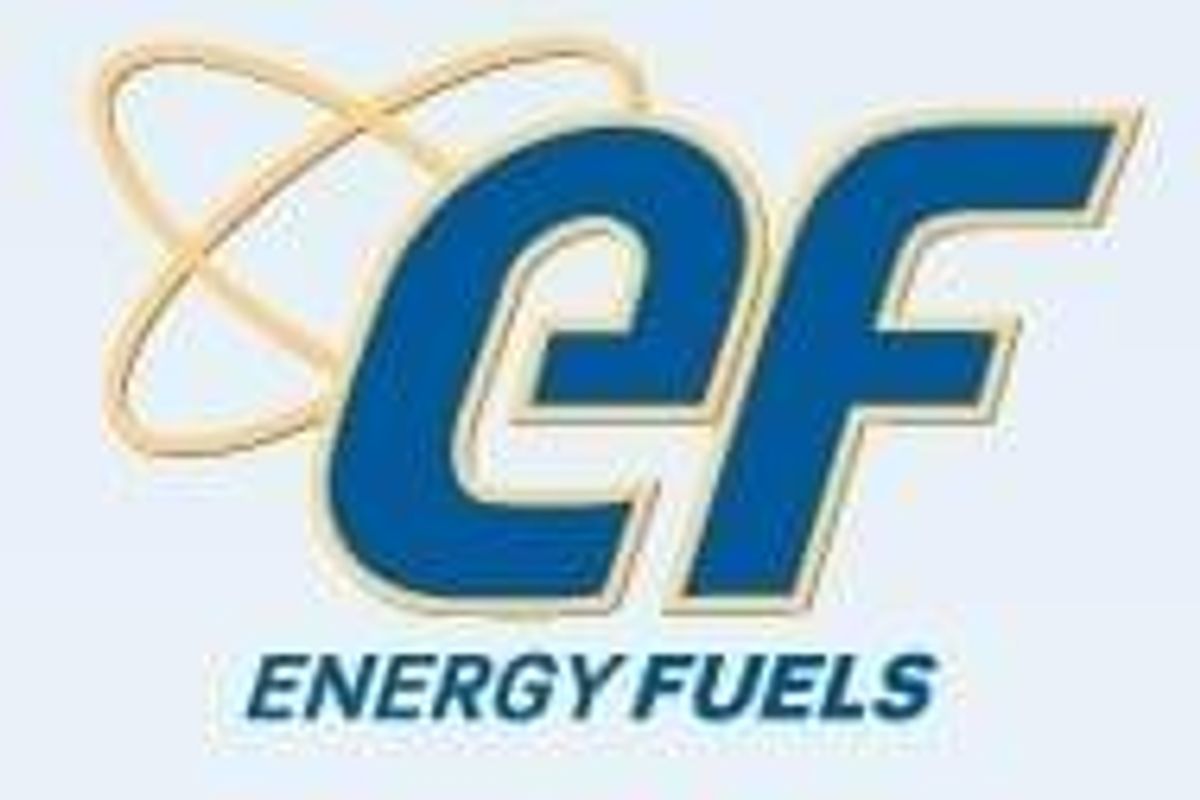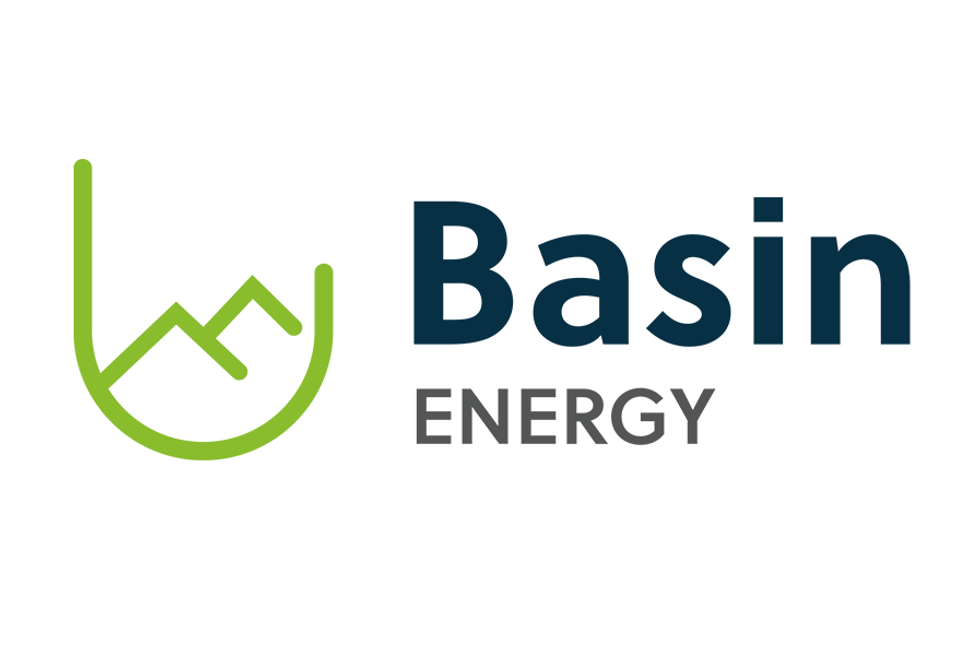CEO Op-Ed: Nuclear Power Is Critical to Fuel Internet, Keep the Lights On

Energy Fuels Inc. (TSX:EFR,NYSEMKT:UUUU) – Human behavior is sometimes influenced by new technologies.
Just go to a local mall or sit on a New York City subway car and see how many people are glued to their cellphones and tablets.
Certainly advances in technology have, in many cases, made our daily lives easier.
Energy Fuels Inc. (TSX:EFR,NYSEMKT:UUUU) – Human behavior is sometimes influenced by new technologies.
Just go to a local mall or sit on a New York City subway car and see how many people are glued to their cellphones and tablets.
Certainly advances in technology have, in many cases, made our daily lives easier.
But, have you ever considered the infrastructure needed to power the devices we now depend on day to day?
As the CEO of U.S.-based uranium mining company Energy Fuels, I can’t help but ponder how all of today’s new technological advances, including bigger TVs, electric cars, and Internet of Things (IoT) connected devices, will all work reliably without a significant nuclear power component in the nation’s power grid.
Nations around the world are investing heavily in renewables. However, especially on the heels of this week’s news that Westinghouse has filed for Chapter 11 protection, in today’s increasingly energy intensive economy, America needs to find new and better ways to make nuclear power work with other clean energy sources in order to make our power grid operate reliably, 24/7.
If population growth in the U.S. is forecast to escalate 31% to 417 million by 2051 according to U.S. Census Bureau, and the average person is expected to have 1,000 devices connected to the internet during the same period, shouldn’t reliable energy get more focus?
This is an issue almost everyone takes for granted. But, reliable electricity doesn’t just “happen.” Sure, energy storage innovation is advancing, along with renewable technologies.
But the truth is it will still be a number of years (if ever) before energy storage can handle the intermittent power supplied from wind and solar at levels that can supply large communities – or cities.
Additionally, there are only so many transmission lines that can be built to distribute energy evenly across the grid.
Therefore, using more domestic nuclear as a baseload energy source, complemented by renewables, should be a bigger part of the energy infrastructure equation.
China seems to be enjoying success integrating nuclear into their energy grid, while also addressing a growing, modernizing economy and chronic air pollution problems. And, they are doing it using standardized technologies – based in part on Westinghouse’s AP1000 reactor design.
If the Chinese can do it, why can’t we do it here in the U.S.?
Now, I’m not suggesting that we build new nuclear plants within the confines of every new microgrid that pops up around the country.
However, with continued enthusiasm for “small modular reactors (SMRs)”, most recently seen by the announced collaboration between GE and Hitachi, I do believe small, “scalable” nuclear power (average size 300 MWe or less) could be an intriguing and cost-effective option which meets stringent safety standards while also balancing a power grid which was designed during the 1900’s – and, in no way, shape or form was built to handle the growing power demands of the 21st Century.
The youth of America is largely supporting clean energy, new technologies, and ways they can lower their energy bills and CO2 output. Therefore, if we are planning for a growing population, a huge spike in IoT connected devices, and new energy-hungry technologies, grid stability and reliability must receive more focus.
To that end, I continue to see a critical role for nuclear power in the future of energy, as renewables continue to displace fossil fuels. Today’s culture, whether seen through a private, corporate or government lens, is increasingly becoming digitized including artificial intelligence (AI), blockchain, robotics, and digital twin technology – all of which will require increasing levels of reliable power sources around the clock.
While renewables are growing, there’s concern they are actually creating blackouts, a major concern considering our modern economy is becoming more and more energy intensive and reliant on stable sources of electricity. Germany, a leading nation when it comes to renewables, is demonstrating that closing nuclear power plants and rolling out huge numbers of wind turbines and solar panels may be counterproductive.
In fact, CO2 emissions in Germany are rising, energy prices are increasing, and because of the focus on renewables, the country is experiencing grid instability, often requiring power companies to be paid to shut down their operations in order to prevent damage to the grid.
Of course, there continues to be widespread efficiency and conservation efforts in Germany and around the World, yet these initiatives will only take us so far. Trump’s cancellation of the Clean Power Plan this week only adds yet another facet to the debate. While Obama’s Clean Power Plan purported to support nuclear, Trump’s Energy Independence Policy specifically supports the production of domestic “nuclear energy resources.” Yet, Trump needs to go further in supporting nuclear, and actions must speak louder than words on this important issue.
Perhaps, last years’ legislation in Illinois and New York that attempts to level the playing field for nuclear, can provide excellent examples for the Trump Administration to consider when planning for future energy legislation.
We simply can’t ignore the new pressures on our power grids, including decentralized microgrids, which are growing quickly.
Energy storage solutions and conservation efforts will help, but much more needs to be done to effectively balance the grid. It would be extremely foolish if, despite seeing increasing energy needs on the horizon, we fail to provide the proper infrastructure.
Therefore, the case for consistent sources of clean baseload power generation, like that supplied by the nuclear sector, is more critical than ever despite headlines that are mistakingly suggesting otherwise.
Stephen Antony is the President & CEO of Lakewood, Colorado-based Energy Fuels.
Click here to connect with Energy Fuels Inc. (TSX:EFR,NYSEMKT:UUUU) to receive an Investor Presentation.





